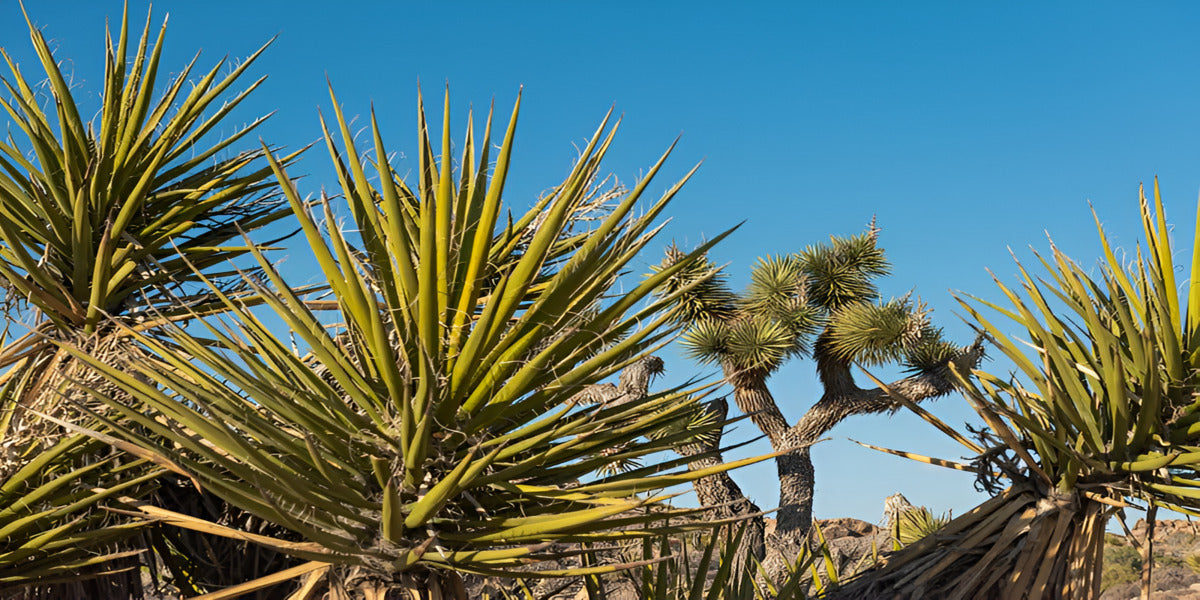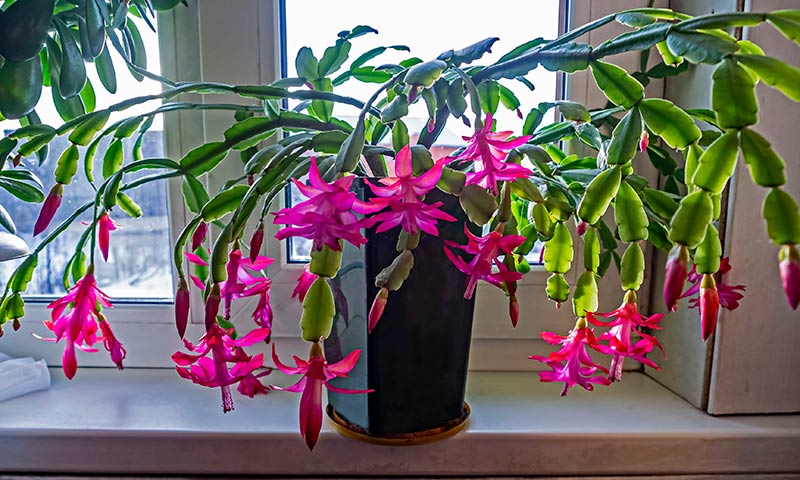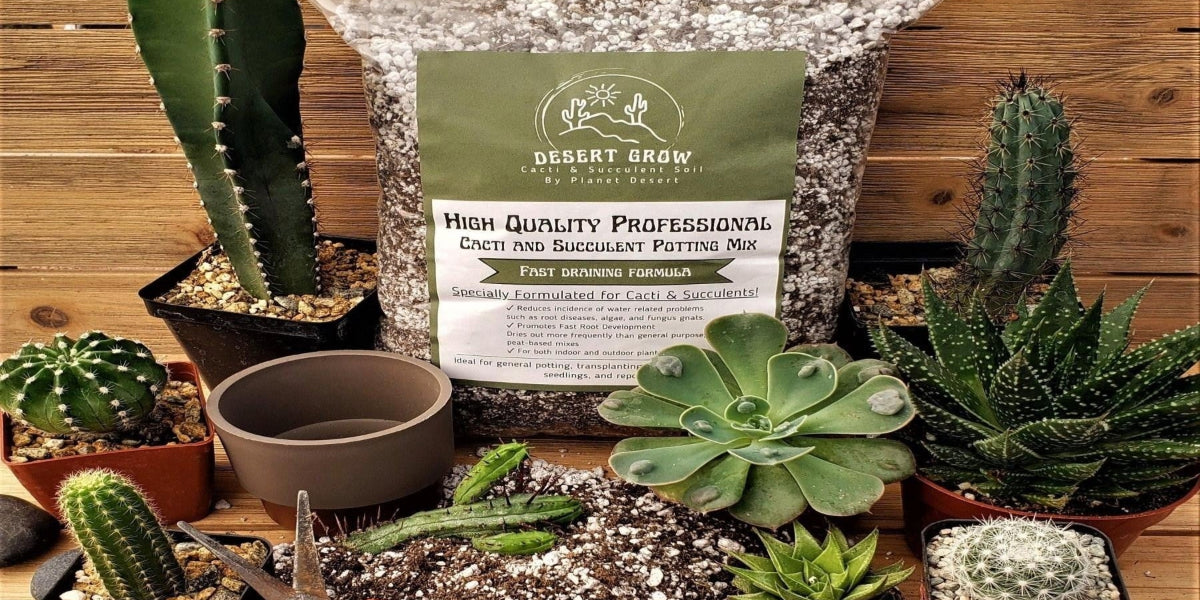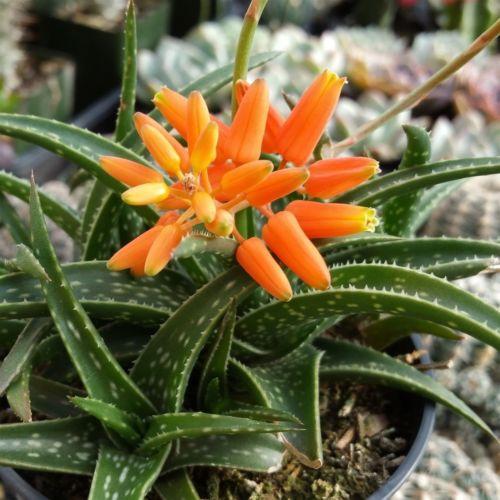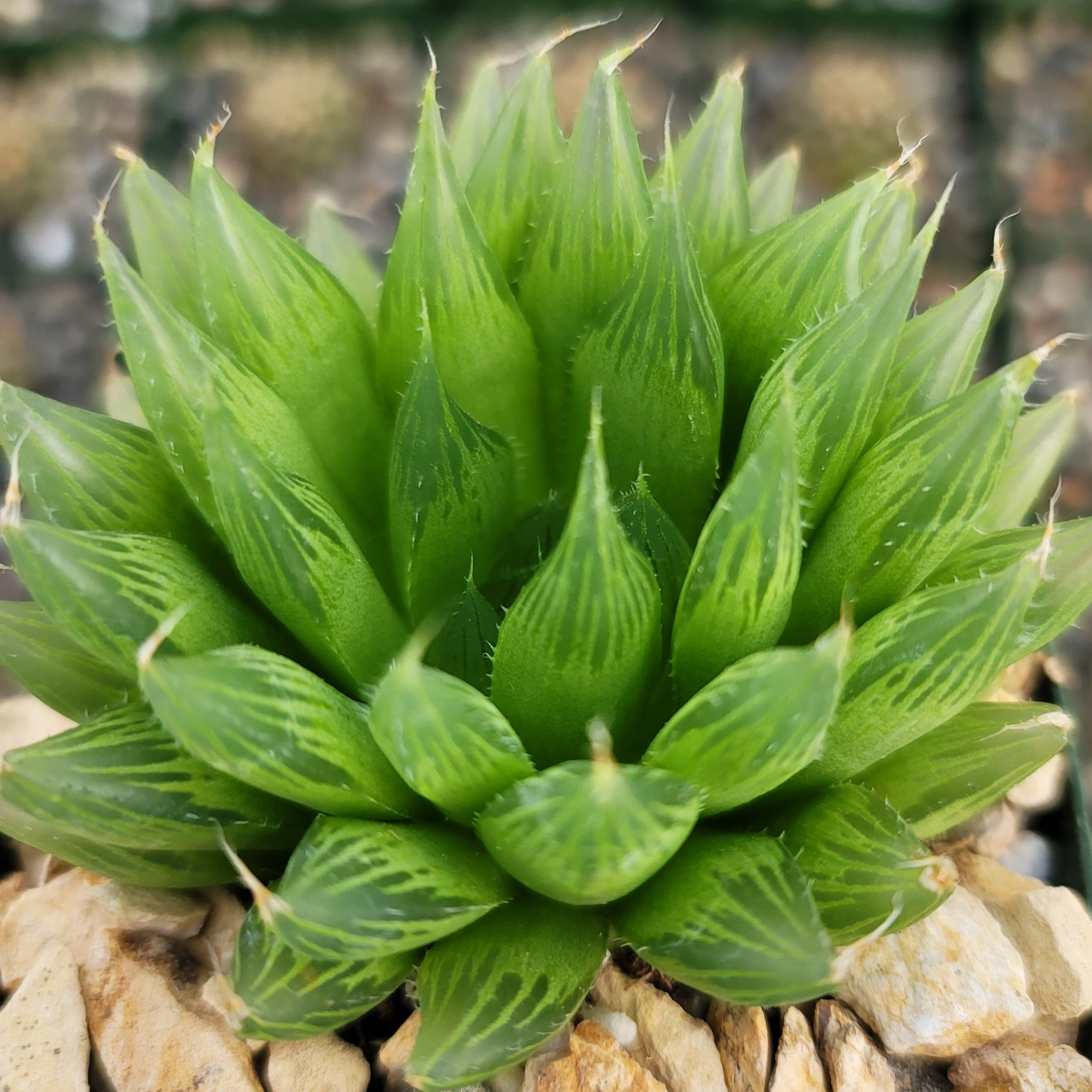Everything You Need To Know About - Haworthia Retusa
Updated: September 16, 2022
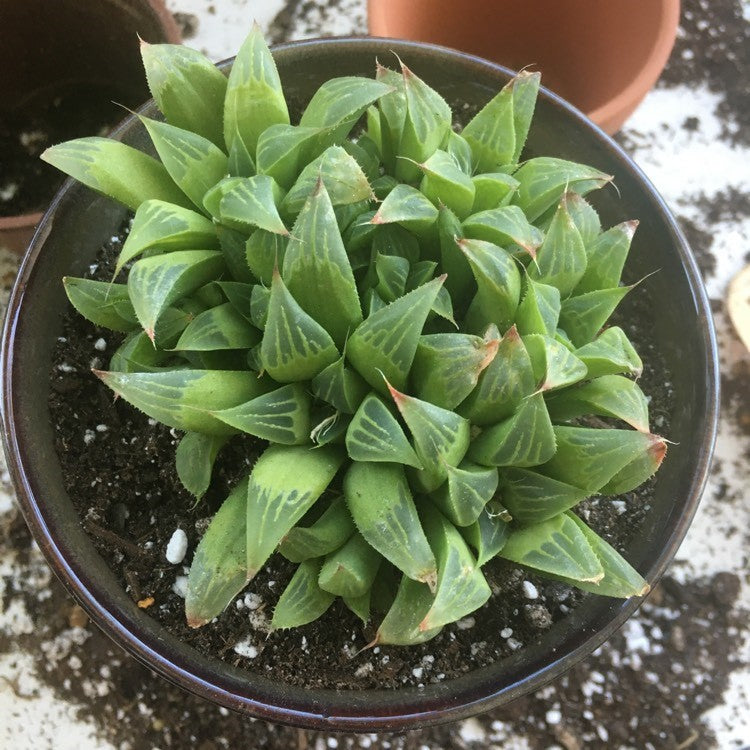
Haworthia retusa is native to South Africa and is commonly called Star Cactus. This Haworthia variety is a perennial soft window succulent; it is not a cactus. Succulent lovers adore this plant because of its impressive appearance. The leaves are translucent triangle-shaped and bending backward, which is a ‘retusa’ feature. The leaves form rosettes with clumped offsets appearing while they are growing. Additionally, the plant is low-maintenance and can be grown indoors with ease. The flowering season is spring and summer when the plant bears small white flowers, enhancing its look.
Haworthia retusa is a sensitive succulent and needs adequate care for the best growth. Not only does the plant species leave their owners impressed, but it has also received the Award of Garden Merit from the Royal Horticultural Society, UK. This blog post talks about all things that you need to know for the thriving growth of the Haworthia retusa, aka Star cactus.
Haworthia Succulent Types
There are about 160 Haworthia types. These plants mostly grow in rocky places and belong to South Africa as well as Namibia. Haworthia propagation is not very challenging as these succulents can be grown easily from Haworthia seeds, cuttings, or offsets.
Some of the common Haworthia varieties are:
- Haworthia retusa
- Haworthia planifolia
- Haworthia obtusa
- Haworthia attenuata
- Haworthia coarctata
- Haworthia fasciata or Haworthia zebra succulent
- Haworthia rigida
- Haworthia margaritifera
- Haworthia truncata
- Haworthia reinwardtii
Haworthia Retusa Appearance
These small-sized succulents grow up to six inches in diameter. A thorough glance of Haworthia pictures is enough for succulent lovers to fall for this species. The leaves have a characteristic lime-green color. These are translucent and triangular, with distinct tips turning backward. There are thin lines visible on the leaves. These are commonly called windowed leaves that collect sunlight. The general measurement of the leaves is one-inch width-wise and about three inches length-wise. The Haworthia flower stalk grows from the center of the rosette. It bears tube-shaped flowers, growing almost up to 20 inches.
How to Take Care of Haworthia Retusa?
Even though the Star cactus is not a very sensitive plant, it requires owners to meet certain basic prerequisites for proper growth. These are the points to remember:
-
Haworthia sun requirements
Partial shade or indirect sunlight is required for Haworthia indoor plants and direct sunlight when planted outdoors. One essential aspect of the plant’s care indoors is that they need natural light. So, place them on the windowsill that faces the west or the south. In the succulent garden outdoors, ensure that the plant is protected from the hottest sun rays. The best is to place in full sun during the winter months and shaded sunlight during the hot summers.
Another essential aspect of Haworthia light requirements is that you should avoid placing your Star cactus in a dark or dim environment for too long. To summarize, Haworthia is a low-light succulent.
-
Soil requirements
The best soil for Haworthia retusa is the cactus and succulent potting mix. Ensure that the mix is porous because Haworthia needs good drainage. This soil type also helps in circulating the air adequately around the roots.
One of the issues with Haworthia variants is that they cannot have water standing at the roots; else the roots will rot in no time. The potting mix also provides the plant with the required nutrients for healthy growth. Adding organic matter to the soil helps make the soil just apt for your succulent plant.
-
Haworthia watering needs - How to water Haworthia retusa?
Star cactus grows well in semi-arid and wild regions. Thus, the watering needs of the plant are minimal. The crux is that the succulents can survive well in dry riverbeds that receive negligible rainfall throughout the year. These plants cannot be overwatered & do not tolerate any kind of standing water.
The typical Haworthia watering needs are quite little as one round of watering every two weeks works the best, when the weather is hot. Ensure that the water level should not be more than an inch each time. When the weather is colder, the watering should be reduced to monthly about four times. Most importantly, the soil should never be absolutely dried out between two rounds of watering.
-
Temperature range
The next point on ‘how to care for a Haworthia’ is that it needs a temperature range of 60 to 90 degrees Fahrenheit for a well-balanced growth. If indoors, keep the environment warm, and that is it.
-
Humidity levels
One essential aspect of Haworthia care is that it is sensitive to higher humidity levels. You will start to see fungal growth and rotten roots soon in such a case. The humidity levels should ideally be between 50% and 70%.
-
Fertilization
There is no need for fertilizers with Star cactus. Only if the growth is slow or stopped are you advised to fertilize. Ensure that the fertilizer contains a balanced mix of potassium, nitrogen, and phosphorus.
-
How to propagate Haworthia retusa?
Propagating Haworthia babies is easy. Offsets are the easiest way of propagation. They grow fast and naturally this way. Haworthia propagation from leaves is another method. While following this method for growing Haworthias, look for a clean and healthy leaf. Moreover, germinating Haworthia seeds is another possibility, but it is very time-consuming.
FAQs
-
How often should I water my Haworthia retusa?
During the hot season, water the plant once every two weeks. When it is cold during the winter season, water only four times a month.
-
When to water Haworthia retusa?
During summer, which is the dormant month, the Star cactus should be watered minimally. Just ensure that the leaves do not wither. During the colder months, water the plant adequately but ensure that the topsoil is dry between two rounds of watering.
-
How to repot Haworthia retusa?
Star cactus grows very slowly and therefore does not require regular repotting. Only once in two or three years, you should consider it. To repot, first pull out the plant, shake off the soil clinging to the roots, and remove dead roots. After adding a new potting mix, replant the Star cactus.
-
Is Haworthia poisonous to cats?
One common question asked about Haworthia plant types is whether they are toxic or not. In general, the Star cactus is not toxic, but it secretes a sap that can irritate the skin. In fact, Haworthia is one succulent family that is completely safe for cats and dogs.
-
How to root Haworthia retusa?
Take a leaf or a stem portion and let them dry for some days to propagate Haworthia. Let the cut portions be callous for a few days. After this, place the cut portion in the soil. After some time, tiny roots will begin to appear. You need to water the cuttings and take care as you would of a grown-up Haworthia retusa.
-
What are Haworthia light needs?
Haworthia retusa grows well in partial shade and low light. Never let the strong rays fall directly on it.
-
Does Haworthia flower?
Yes, the Star cactus is a flowering plant. The Haworthia bloom grows on a long central stalk in scarlet-yellow colors.
-
How to grow Haworthia from leaf?
The leaf-cutting should be allowed to dry and calloused for a few days. It should then be planted in the soil. After some time, small roots will appear. Now is the time to water the tiny baby succulent.
-
Is Haworthia propagation in water possible?
Yes, just like other succulents, Haworthia retusa can be propagated in water.
-
Where to keep Haworthia retusa?
It is ideal for keeping the plant indoors on window sills. It is an attractive addition to rock gardens, too, provided there is ample space.
Although it grows slowly, Haworthia Retusa is a stunning flowering plant that makes for a lovely showpiece. Suitable for growing both indoors & outdoors, this variety of Haworthia is less demanding and looks cute due to its compact size.








